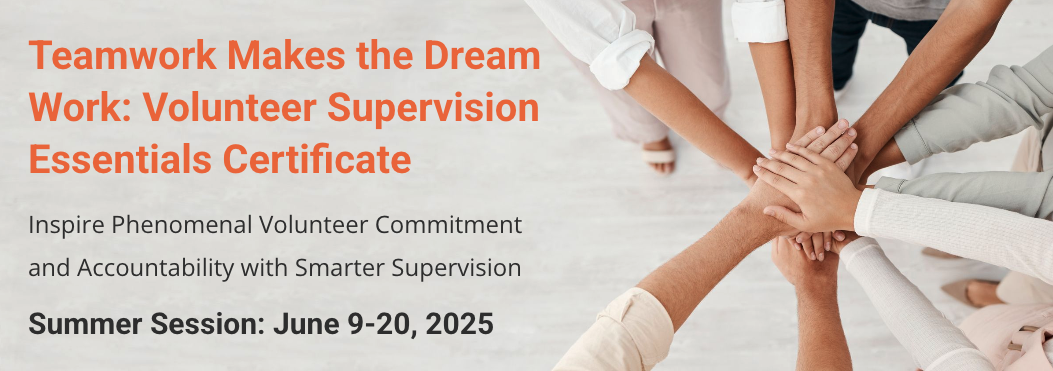
April is here, which means many nonprofits are planning days of service to celebrate National Volunteer Week, April 7-15, 2019, here in the US. If you don’t already have partners in place, it’s not too late.
Below is a guide to help you find and build alliances that will have legs long after April is over.
The Benefits of Days of Service Projects
Although there are undoubtedly challenges to working with community partners, there are a number of valuable benefits. First and foremost, an immediate need can be met. In addition, you raise awareness of your organization’s brand. Not everyone who joins in to help may have heard of you, and if your project is at a community site, you’re more than likely to get attention. Finally, service projects are events and, as such, can bring media attention if you do some outreach to the press ahead of your event.
There are also less obvious benefits for your organization. Through the increased attention your project attracts, the public gains insight into how your organization benefits the community. In addition, new volunteer participants and are more likely to expand word-of-mouth exposure when they share their experiences with friends and family. They may also be more likely to convert from a one day helper to a long-term supporter.
These projects can also deepen your relationships with volunteers who may be willing to contribute funds and in-kind resources, both now and into the future.
Prioritize Long-term Relationships
When selecting partners to approach, don’t simply focus on the single event. Consider how a mutually beneficial partnership might flourish over the long-term. If you don’t feel the potential partner is worth investing in over the long term, or they aren’t interested in anything but the single event, they probably aren’t your best choice.
5 Questions to Ask Potential Partners
Mission alignment is also important when seeking a match with a potential partner. Here are five questions you can ask when vetting possible partners:
- Have they successfully partnered with other nonprofits?
- How does the potential partner align with our mission?
- Are there any potential conflicts of interest (e.g., a fast food chain working on a health promotion event)?
- What is their reputation in the community?
- What assets can they bring to the table?
- Do they have connections with the kinds of volunteers we seek?
Where to Find Groups With Volunteers
There are several places you can find service-seeking organizations. Start by asking at your organization. Does your governing board have connections to companies or associations that might be interested. Have you successfully partnered with others that might want to return?
Also, look in your local community. Which businesses, congregations, educational institutions, or other nonprofits nearby have a vested interest in your neighborhood’s success.
You can also try the following sources:
- Online Tools & Intermediaries
- VolunteerMatch & Idealist
- You Local Volunteer Center or HandsOn Network Affiliate
- Social Media
- Previous Days of Service
- Previous Partners or Collaborators
- Ideas from Former Partners
- National Organizations
- Points of Light
- AmeriCorps
- Personal Networking & Outreach
- Service Clubs and Organizations
- Service-Learning Programs (High School & University-based)
- Your Own Personal Network
Expanding Your Circle of Support for Days of Service
Those noted above are the more traditional ways nonprofits tap to help us spread the word. Although helpful, their spheres of influence are as limited as any others. To build greater awareness, It’s important to expand our circles beyond the already known to include other people.
Find new partners who regularly connect with the volunteers you want to reach. Try to find intermediaries to promote your volunteer opportunities with their members through existing and trusted communication channels.
Throughout the year, keep a running list of possible supporters. Ask your co-workers, board of directors, and volunteers who know people at each. That way, you have a running start when you begin to do outreach, versus working with a blank slate.
Well before your event, begin making contact. Be strategic. The types of partners you choose to cultivate should depend on your cause and the event. To locate corporation partners who are already interested in working in communities, review the Boston College Center for Corporate Citizenship’s list of members.
Also, think “inside” your circle of influence. Consider reaching out to individual volunteers from some of your stakeholder groups including:
- Current Volunteers & Board Members
- Agency Staff
- Nonprofit Partners
- People You Serve & Their Families
Volunteer days of service take planning and coordination, but if conducted with the right partners, you can reap rewards long after your special day is over.






